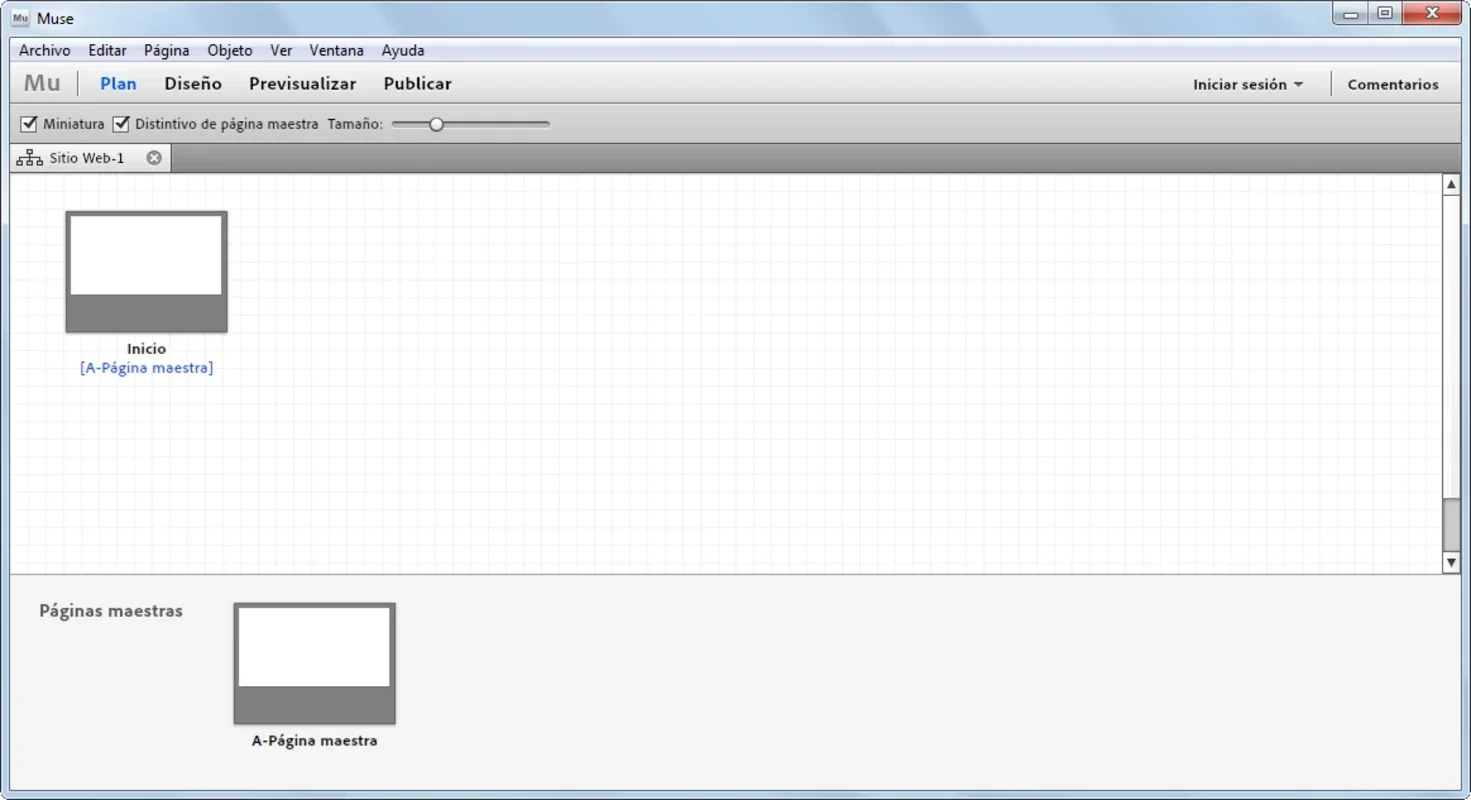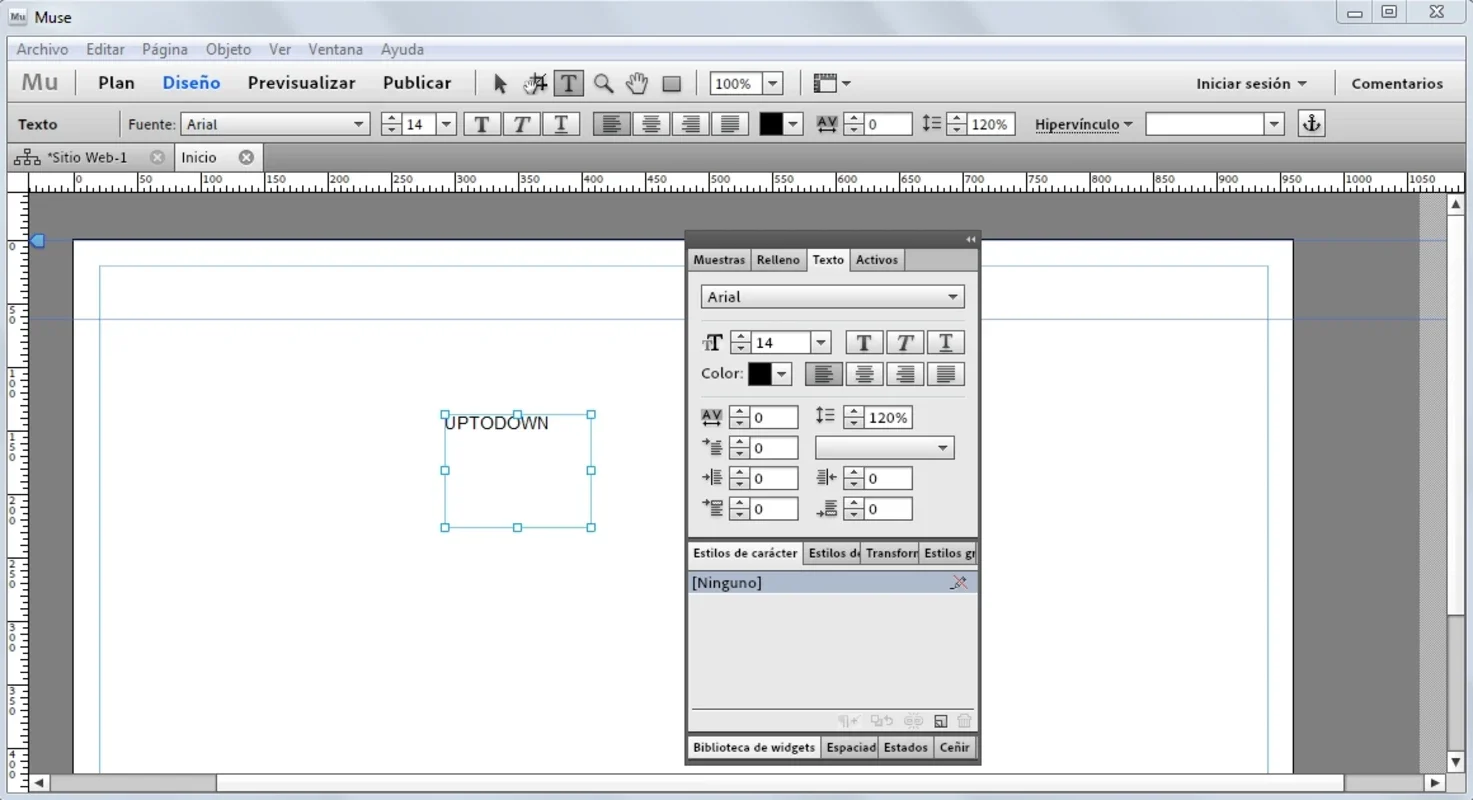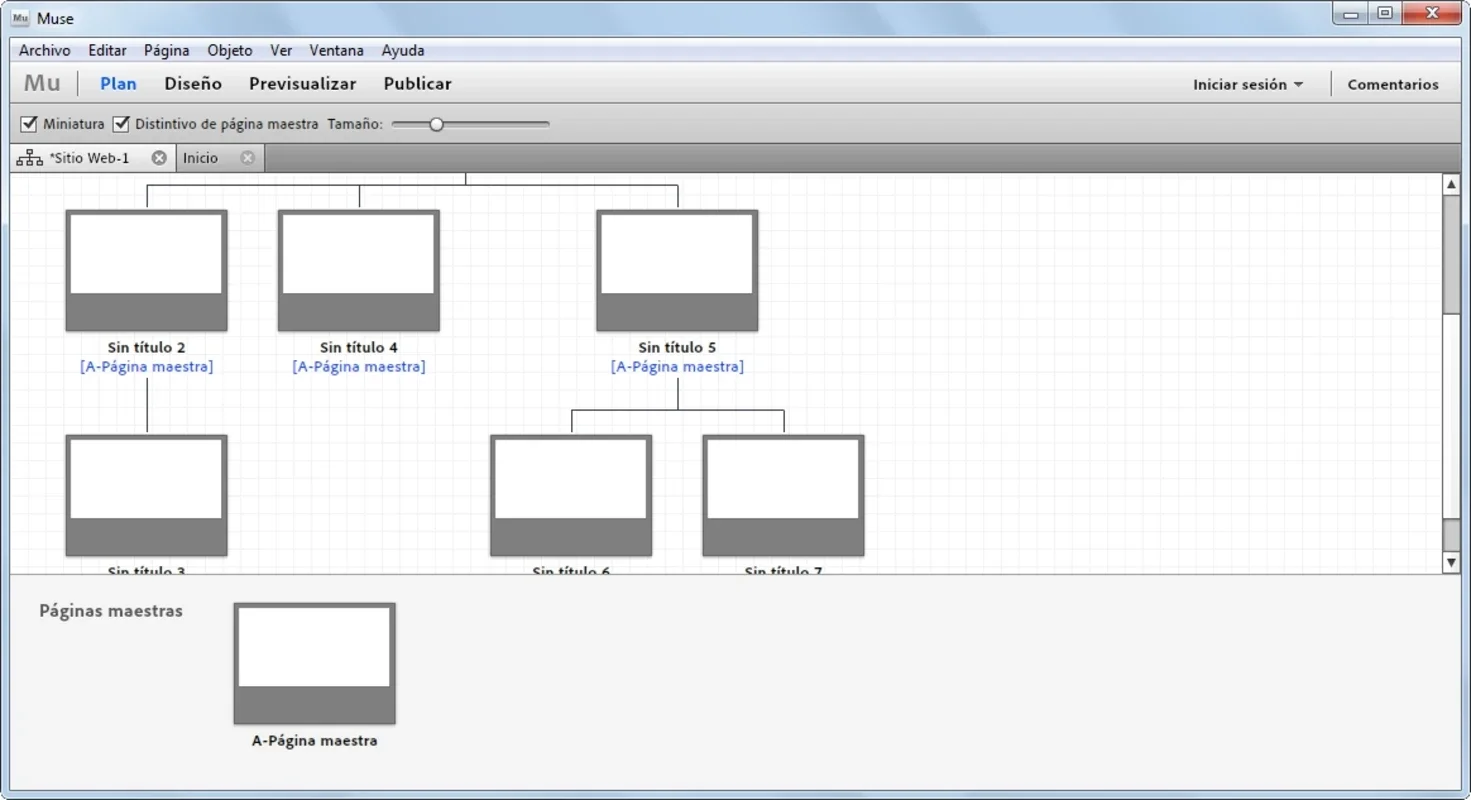Muse App Introduction
Muse, a powerful and intuitive website design application, empowers users to craft stunning websites without the need for coding expertise. This comprehensive guide delves into Muse's features, functionalities, and workflow, providing a detailed understanding of its capabilities and how it simplifies the web design process.
Understanding Muse's Core Functionality
At its heart, Muse is a visual website builder. Unlike traditional coding methods, Muse allows users to design and develop websites using a drag-and-drop interface. This intuitive approach eliminates the complexities of HTML, CSS, and JavaScript, making web design accessible to a broader audience. The software's strength lies in its ability to seamlessly integrate design elements, ensuring a cohesive and professional-looking website.
The Muse Interface: A User-Friendly Design
Muse's interface is meticulously designed for ease of use. The workspace is divided into four key sections:
- Plan: This section provides a bird's-eye view of your website's structure. Here, you can manage pages, create links between them, and organize the overall navigation flow. It's akin to creating a sitemap before diving into the visual design.
- Design: This is where the magic happens. The Design workspace is packed with tools and features for customizing every aspect of your website's appearance. You can add images, text, widgets, and other elements, arranging them precisely to achieve your desired aesthetic. The level of customization is extensive, allowing for both simple and sophisticated designs.
- Preview: Before publishing, the Preview section lets you see your website exactly as it will appear to visitors. This is crucial for identifying and fixing any layout issues or design flaws before your website goes live.
- Publish: Once you're satisfied with your design, the Publish section handles the deployment of your website. Muse simplifies the publishing process, making it quick and straightforward to get your website online.
Key Features and Benefits of Using Muse
Muse offers a range of features that set it apart from other website builders:
- Drag-and-drop interface: This intuitive approach simplifies the design process, making it accessible to beginners and experts alike.
- Visual design tools: A comprehensive set of tools allows for precise control over every aspect of your website's appearance.
- Built-in templates: A selection of pre-designed templates provides a starting point for your website, saving you time and effort.
- Responsive design capabilities: Muse ensures your website looks great on all devices, from desktops to smartphones and tablets.
- Integration with Adobe Creative Cloud: Seamless integration with other Adobe applications, such as Photoshop and Illustrator, allows for effortless transfer of design assets.
- SEO optimization tools: Muse includes features to help optimize your website for search engines, improving its visibility online.
Comparison with Other Website Builders
While Muse offers a unique approach to website creation, it's beneficial to compare it with other popular website builders to understand its strengths and weaknesses. Compared to Wix, Muse offers a greater degree of control over design elements and a more robust feature set for experienced users. However, Wix's ease of use might appeal more to absolute beginners. Compared to Squarespace, Muse provides more flexibility in terms of customization, while Squarespace offers a more streamlined and user-friendly experience for simpler websites.
Step-by-Step Guide to Creating a Website with Muse
Let's walk through the process of creating a basic website using Muse:
- Planning: Define your website's purpose, content, and navigation structure. Sketch out a basic sitemap to guide your design.
- Design: Create your website's pages in Muse, using the drag-and-drop interface to add content and design elements. Experiment with different layouts and styles to achieve your desired look.
- Preview: Regularly preview your website to ensure everything looks and functions as expected. Address any issues before proceeding to the next step.
- Publish: Once you're satisfied, publish your website using Muse's built-in publishing tools. Choose a hosting provider or utilize Muse's integrated hosting options.
Troubleshooting Common Issues in Muse
While Muse is generally user-friendly, you might encounter some challenges. Here are some common issues and their solutions:
- Slow performance: Large, complex websites might lead to slow performance. Optimize your images and ensure your website is well-structured to improve speed.
- Design inconsistencies: Pay close attention to detail to maintain consistency in your design across all pages.
- Publishing errors: Ensure you have the correct publishing settings and a stable internet connection.
Advanced Techniques and Tips for Muse Users
For experienced users, Muse offers advanced features and techniques to enhance website functionality and design:
- Custom code integration: While Muse aims to eliminate coding, you can integrate custom code for specific functionalities.
- Widget customization: Explore the possibilities of customizing existing widgets or creating your own.
- Master pages: Use master pages to maintain consistency in design elements across multiple pages.
Conclusion: Muse's Place in the Modern Web Design Landscape
Muse remains a valuable tool for creating visually appealing and functional websites without the need for extensive coding knowledge. Its intuitive interface, powerful features, and seamless integration with other Adobe applications make it a strong contender in the web design landscape. While it may not be the ideal choice for every user, its capabilities and ease of use make it a powerful asset for those seeking a balance between design control and ease of use. Whether you're a seasoned designer or a complete beginner, Muse provides a pathway to creating professional-looking websites with relative ease.



